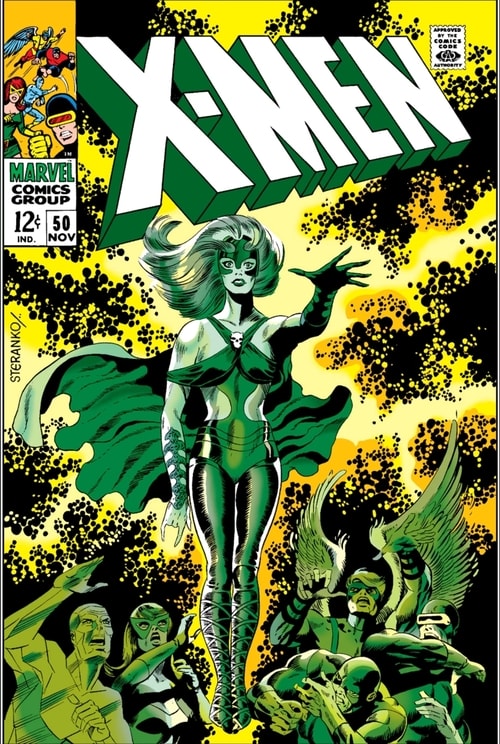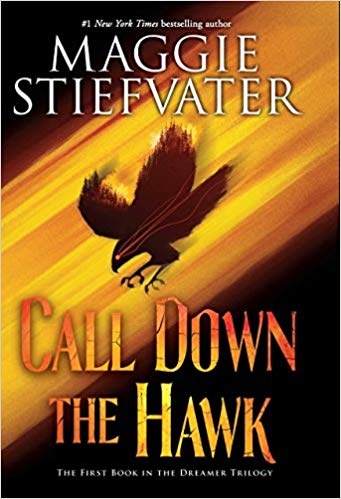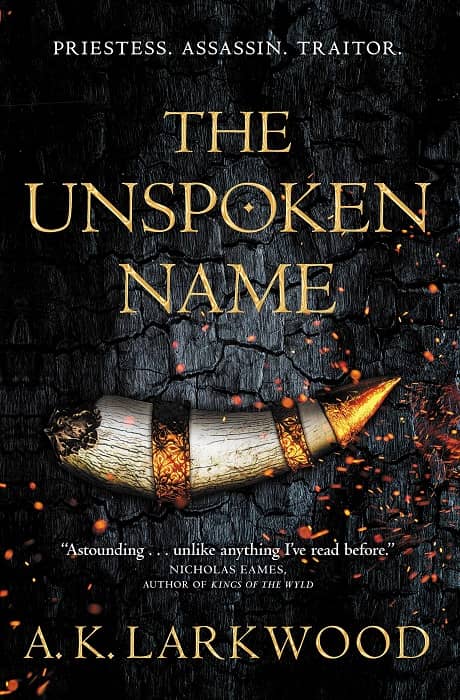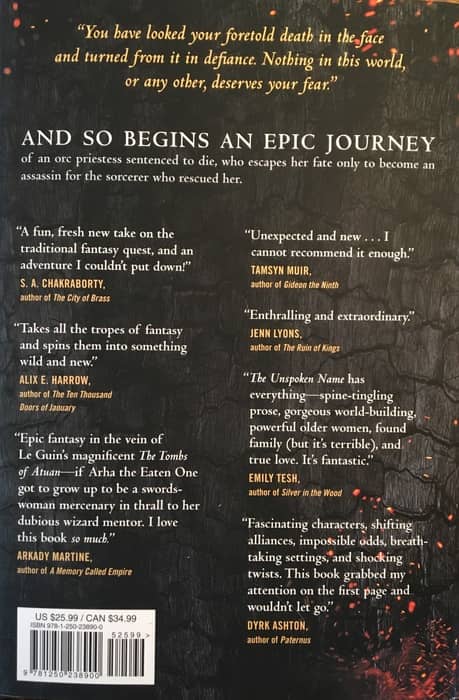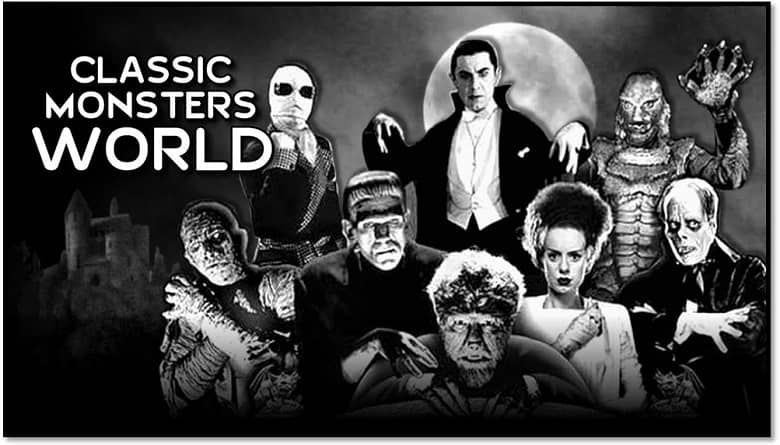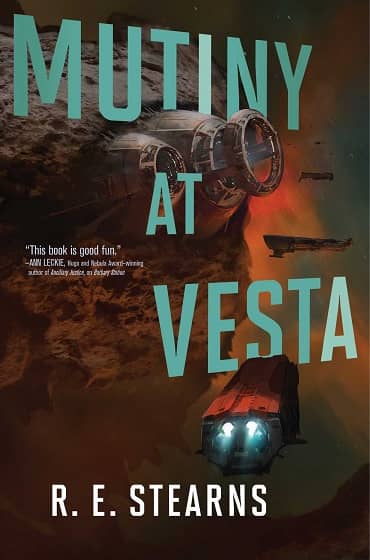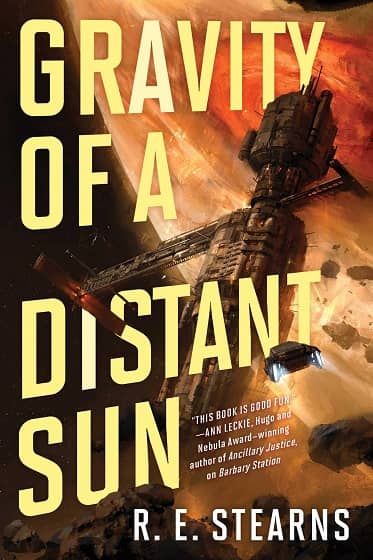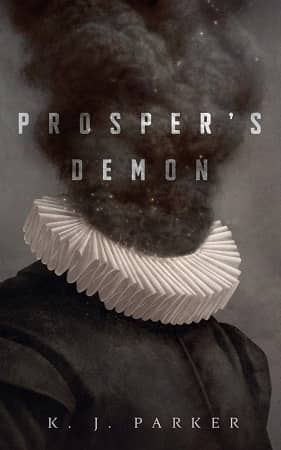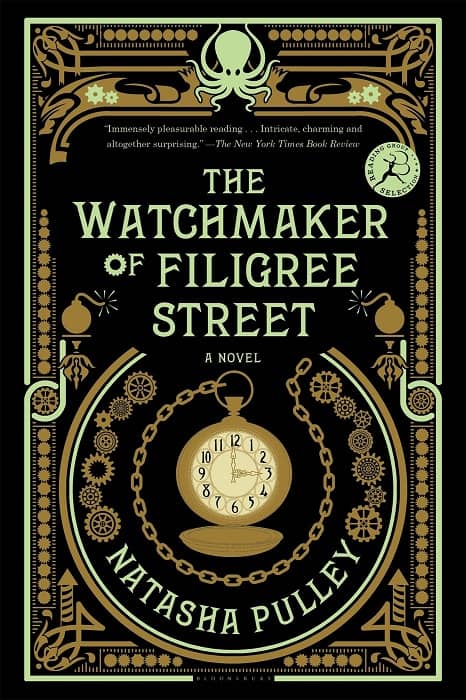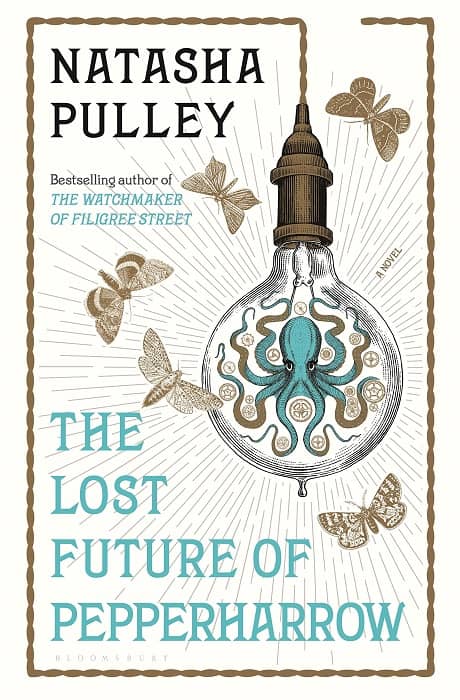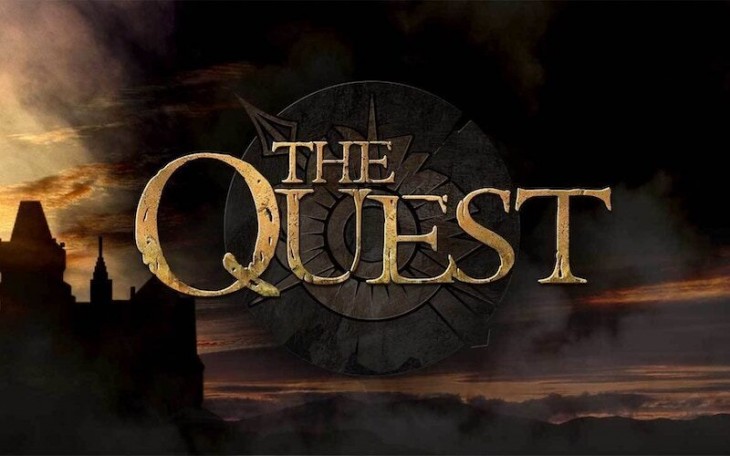Vintage Treasures: Heritage of Flight by Susan Shwartz
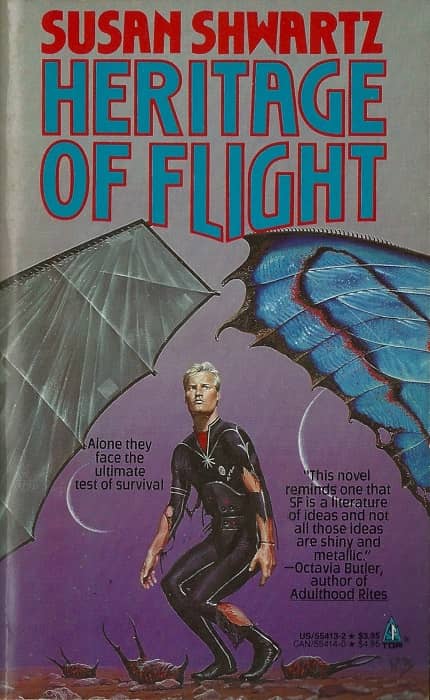 |
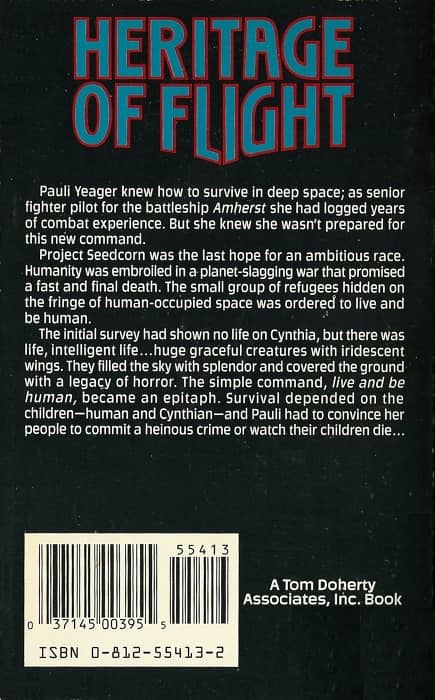 |
Cover by Wayne Barlowe
Susan Shwartz has had a fine career, with five Nebula nominations for short fiction under her belt, a Hugo nom, and other accolades. She’s produced over a dozen novels, including Queensblade (1988), Arabesques: More Tales of the Arabian Nights (1988), and Hostile Takeover (2004).
Her 1989 novel Heritage of Flight was nominated for the Philip K. Dick Award. It began life as a pair of novellas published in Analog, “Heritage of Flight (April 1983) and “Survivor Guilt” (February 1986). Not everyone found the blend even; here’s part of one of the more detailed Good Reads reviews (from reviewer Jon).
It starts of excellently with some really good, thought through, detailed SF – A space battle, not unlike Battlestar Galactica (The modern version) in some respects, but more engaging technically. Unfortunately the whole middle section of the book is ‘wild frontier’ stuff with virtually no real ‘Sci’ in it at all – you could imagine it being set in the Wild West or Australian Outback with few changes (Think Little House on the Prarie (sic) for adults).
Ian Sales has a lengthy and thoughtful (though very spoilery!) review at SF Mistressworks. Here’s an excerpt.
